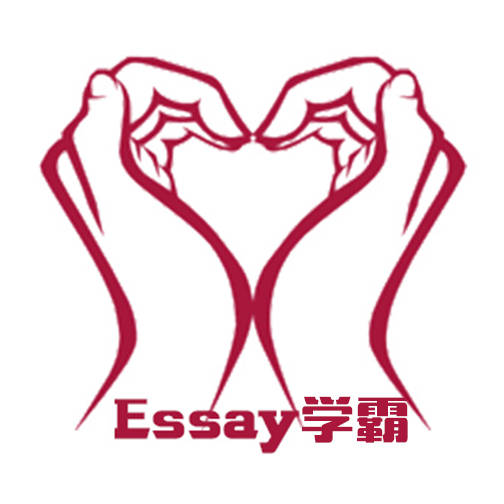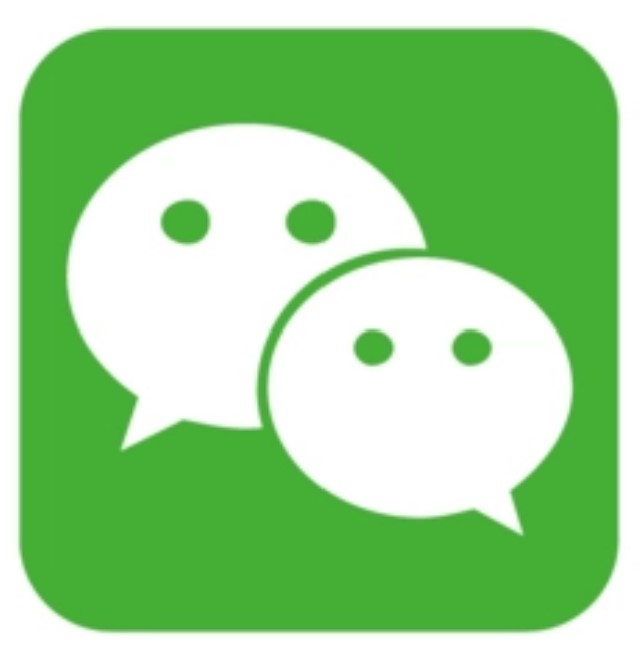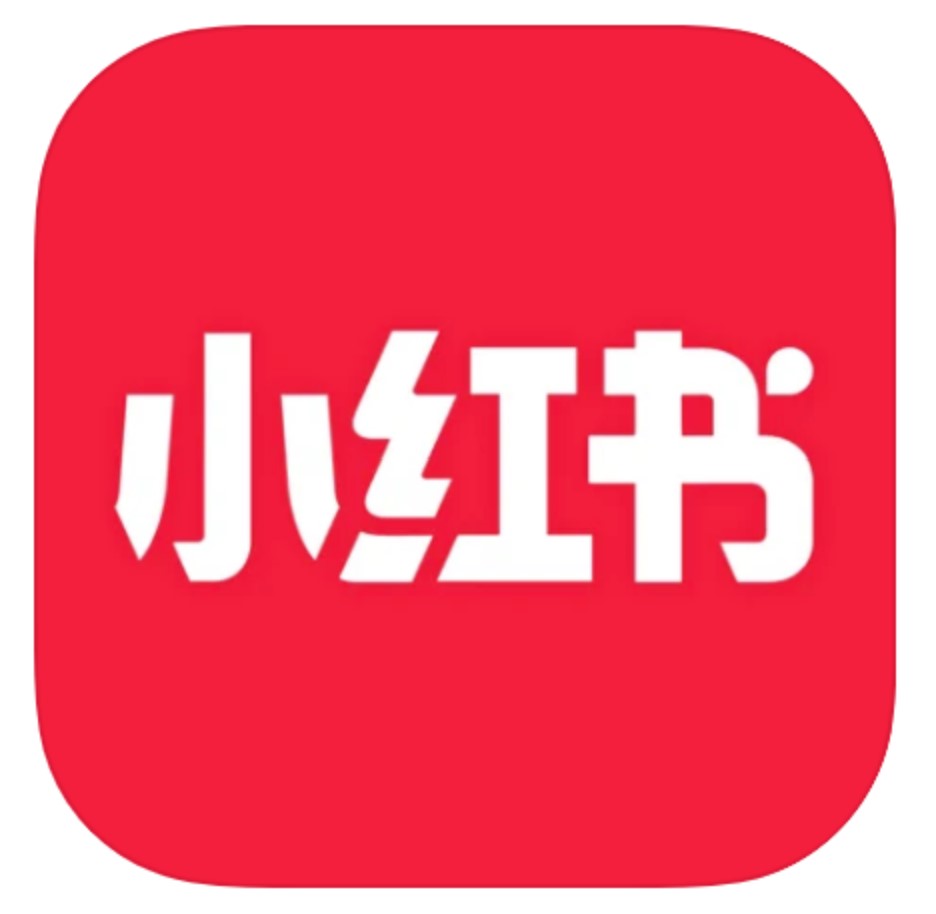服务承诺
 资金托管
资金托管
 原创保证
原创保证
 实力保障
实力保障
 24小时客服
24小时客服
 使命必达
使命必达
Essay学霸提供Essay,Paper,Report,Assignment等学科作业的代写与辅导,同时涵盖Personal Statement,转学申请等留学文书代写。
 Essay学霸将让你达成学业目标
Essay学霸将让你达成学业目标 Essay学霸将让你达成学业目标
Essay学霸将让你达成学业目标 Essay学霸将让你达成学业目标
Essay学霸将让你达成学业目标 Essay学霸将让你达成学业目标
Essay学霸将让你达成学业目标私人订制你的未来职场 世界名企,高端行业岗位等 在新的起点上实现更高水平的发展
 积累工作经验
积累工作经验 多元化文化交流
多元化文化交流 专业实操技能
专业实操技能 建立人际资源圈
建立人际资源圈About the Palace Museum
2023-09-06 来源: 类别: 留学资讯

下面为大家整理一篇 的essay代写范文 -- About the Palace Museum,文章讲述故宫,今天也称为故宫博物院,建于1406年。建设历时14年,需要超过100万工人。故宫曾是明清皇室。两个朝代的24个皇帝被法院审判,并居住在紫禁城的城墙内。 1924年,将清朝的皇室从历史建筑中移开,并于1925年在故宫的基础上建立了故宫博物院(Weng和Boda,1982年)。它不再是皇帝居住的宫殿,而是中国最全面的博物馆之一。在过去的90年中,故宫博物院本身经历了无数事件,目睹了现代中国的转型。它不仅是一个拥有众多珍贵藏品的博物馆,而且是一面反映现代中国历史的镜子(Han,2004)。
About the Palace Museum
Introduction of the Palace Museum
The Forbidden City, also known as the Palace Museum today, was constructed in 1406. The construction lasted 14 years and required more than 1 million workers. The Forbidden City used to be the imperial place of the Ming and Qing Dynasties. 24 Emperors of the two dynasties held court and lived within the walls of the Forbidden City. In 1924, the imperial family of Qing Dynasty was removed from the historical construction, and in 1925 the Palace Museum was established on the basis of the Forbidden City (Weng and Boda, 1982). It is no longer the living palace for emperors, but China’s one of the most comprehensive museums. In the past 90 years, the Palace Museum itself went through numerous events and witnessed the transformation of modern China. It is not only a museum with numerous priceless collections, but also a mirror that reflects the history of modern China (Han, 2004).
History of the Palace Museum
After the Revolution of 1911, almost all Chinese famous people, including royals, warlords and politicians, were associated with the Palace Museum directly or indirectly. Moreover, when the Western Powers and Japanese imperialism started to invade China, the Palace Museum became more ill-fated (Han, 2004). According to historical records, there are more than 1.17 million items in 1925 (Gu gong bo wu yuan, 1931). Before the outbreak of World War II, to avoid these priceless collections fall into the enemy’s hands or get destroyed in battle, the museum authorities determined to evacuate these collections. In the next 3 months, the most important pieces were packed and sent to Shanghai. Then a branch of the Palace Museum was established in Nanjing. While in 1938, the treasures were moved again. Different from the first time, they were concealed in three locations for several years and eventually consolidated in Chongqing at the end of the war. While at the end of 1948, the Nationalists selected thousands of relics and shipped to Taiwan. National Palace Museum was established in Taipei to exhibit these antiquities in 1965 (Guo li gu gong bo wu yuan, 1979). Since then, these treasures are separated by the Strait. In addition to these evacuations, the treasures in the Palace Museum even faced two action crises. The first crisis occurred in 1928, the national government committee proposed to abolish and auction the Palace Museum and build a great museum in Nanjing (Gu gong bo wu yuan, 1931). The second one occurred after the Mukden Incident, the Peking government committee passed three resolutions on the Palace Museum. The first resolution was to auction these historical collections in order to buy 500 aircrafts. It is rejoice that Peiji Yi, the dean of the Palace Museum prevented these two disasters (Weng and Boda, 1982). Even though the Palace Museum went though so many incidents, the antiquities of Chinese civilization got preserved and offered the world a valuable treasure.
Historical Meaning of the Palace Museum
From the Forbidden City to the Palace Museum, the initial royal restricted area became a public museum. The history of the Palace Museum is associated with the fate of the nation and its people. In 1961, the Palace Museum was included in the List of Key Historical Monuments under State Protection. In 1987, it was put on the World Heritage List of UNESCO (Han, 2004). The well-designed palace and fantastic construction technology demonstrate the highest level of Chinese ancient architecture. As the imperial place of the Ming and Qing Dynasties, the Forbidden City was China’s political center. It was also the central location of the feudal power. From analyzing these antiquities, people get to know the history and culture of that era (Weng and Boda, 1982). The Palace Museum is China’s largest museum, which integrates various fields, such as architecture, history and art, together. In addition, the most important thing about the Place Museum is the culture connotation insider. Studying the collections is a good way to learn Chinese traditional culture (Gu gong bo wu yuan, 1931). Since China implements the open-up and reform policy, more and more foreigners come to China. Through visiting the Palace Museum, people around the world can learn and understand the ancient history, superb art and culture of China. It also significantly promotes the friendship and cultural exchange between the Chinese and people of various countries.
The Development and Future of the Palace Museum
The Palace Museum has widely opened to Chinese and international friends for several years. It opened various galleries and held many thematic exhibitions to fulfill different people’ needs. Meanwhile, it has held small exhibitions at provincial museums and museums abroad in order to satisfy the demand of a larger audience. It is recorded that over 10 million people come to visit the Palace Museum every year (Han, 2004). With the advanced science and technology, digital museum will be the Palace Museum’s another development direction. Currently, the central hall is equipped with a digital exhibition. With the opening of the western and northern region, audiences will have the chance to experience the digitalized exhibition. Digital museum will become a new bright spot of the Palace Museum in the future.
Reference
Weng, Wango H. C., Boda Yang, and Gu gong bo wu yuan (China). The Palace Museum, Peking: Treasures of the Forbidden City. New York: Abrams, 1982. Web.
Gu gong bo wu yuan (China). The Palace Museum of Peiping. China:, 1931. Web.
Guo li gu gong bo wu yuan. Chinese Cultural Art Treasures, National Palace Museum: Illustrated Handbook. 15th ed. Taipei: The Museum, 1979. Web.
Han, Bu, and 寒布. Gu Gong = the Palace Museum. China:, 2004. Web.
Essay学霸留学教育原创版权郑重声明:原创 代写范文源自编辑创作,未经官方许可,网站谢绝转载。对于侵权行为,未经同意的情况下,Essay学霸有权追究法律责任。主要业务有essay代写、assignment代写、paper代写、作业代写服务。
Essay学霸为留学生提供更好 的作业代写服务,亲们可以进入主页了解和获取更多代写范文提供作业代写服务,详情可以咨询我们的客服QQ:3084929832。












